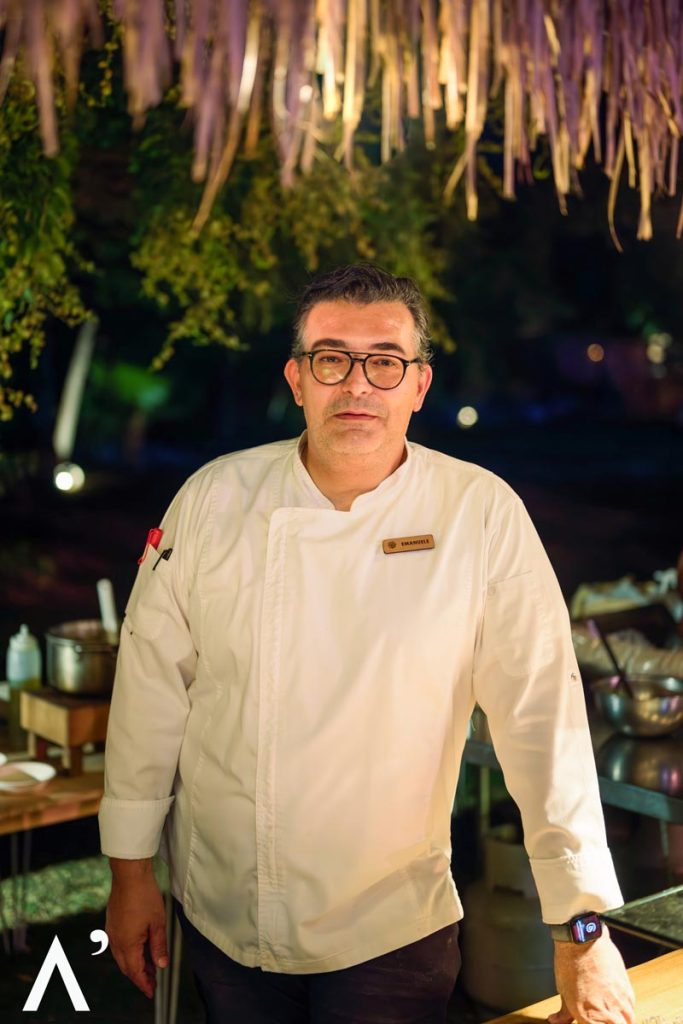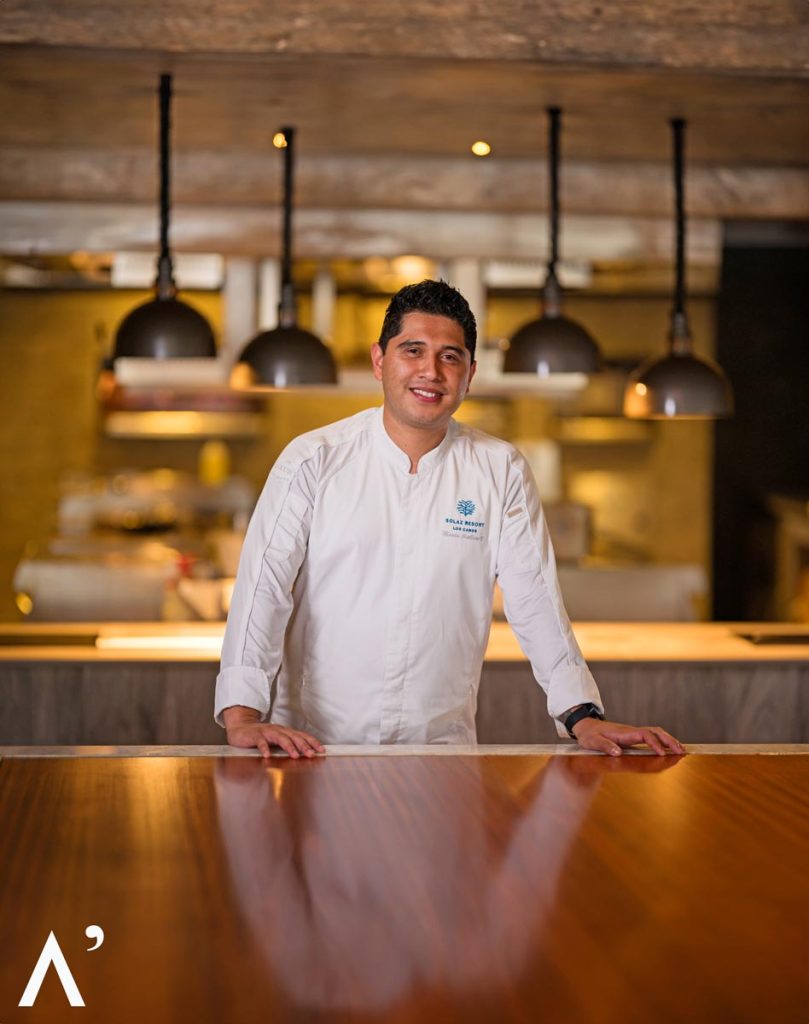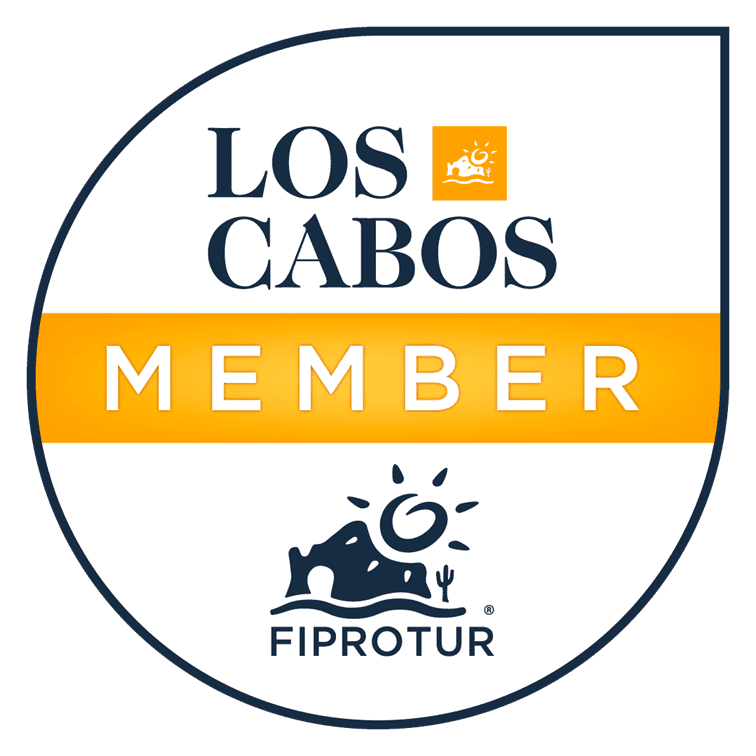Berenice Morales: Conquering Mixology
She is a young mixologist who has acquired much experience through time and the magic generated behind the bar. From Al Pairo, the restaurant overlooking the beach just off the lobby at Solaz A Luxury Collection, we chatted with the enthusiastic Bar Manager, who is dynamic and creative. Undoubtedly, both qualities are what awaken his curiosity to continue in the search for new objectives.
What is your favourite thing about the bars?
I like them because they are a field of action where we have to be aware of different trends and inputs all the time. Each bar has its own personality, so I also like to develop myself in different styles to conquer the five bars I’m in charge of. However, in a complex occupation, it is possible to have up to thirteen bars operating simultaneously, each with entirely different proposals. We have three restaurants: Al Pairo, contemporary Mexican food; Riccio Di Mare, Italian food; and Mako, with its concept and personality based on sea cuisine, fish and seafood. We elaborate cocktails that go according to the gastronomic proposal. We have completely different glassware to elaborate on your conceptual cocktails.
What are your favorite ingredients?
My favorite ingredients are, above all, neutral distilled vermouths. They have the particularity of highlighting the flavor notes of the different ingredients with which they are mixed. We can achieve fabulous results, especially when it comes to Vermouth.
Which cocktail do you recommend?
I love to recommend a Vermouth tonic; I think it is a perfect mix to drink at any time; it is a great companion and goes well as an aperitif, digestive, or accompaniment to any dish. It is a simple cocktail based on only two ingredients plus a flavouring agent. It’s one of my favourites, even if you’re at the beach.
Emanuele Olivero: I’m made of the old world.
The contemporary restaurants of northern Italy inspire Riccio di Mare’s cuisine and take advantage of Baja California Sur’s rich ingredients. Emanuele Olivero, the chef of Riccio di Mare, was born in Piamonte, Italy and has spent more than half of his life in Los Cabos. “I consider myself a choyero,” he commented.
Here, he lived the constant search for what was new in terms of gastronomy until he figured it out: he had to rescue his roots and fuse them with the freshest ingredients obtained from the peninsula in each season. “I started using local products to make dishes with Italian tradition and techniques but cooked with the freshest and best ingredients available here. This is what I’ve come to now: Italian cuisine with traditional techniques and local ingredients.”
How have you built your gastronomic philosophy?
I am not, for the most part, a person who has his truth carved in stone; on the contrary, I am “a blackboarder” who erases, rewrites, and changes. And that has been my philosophy. In the beginning, years ago, when I came home from school with little work experience, I had the books, the recipes, the names, the dishes, and that’s what I did: I replicated recipes. I’ve always been very curious ever since kindergarten. I’ve been a person who has been flipping from right to left; when something doesn’t catch me, I’m already looking the other way. Perhaps this is a shortcoming, but at the same time I am fortunate because I am constantly driven to seek new knowledge.
And how did that curiosity progress?
Eventually, I started to look into what other chefs were doing. In the 2000s, for example, molecular cuisine began to emerge. Then, I also had my period of molecular cuisine between 2004 and 2007, when I disconnected a little bit from the book recipes and started to play with the ingredients.
However, I had a turning point after so much developing molecular cuisine: deconstruction, decompose. Then I came across disassembled ingredients and flavours and said, “Ah, how interesting here we can build, but build differently”. Why don’t we look to recreate that taste for real, as it has been done in ancient times, and then use it for something modern and novel? It was back to basic. I came from making spherical minestrones and clear gazpacho, dishes like that, and I went from there to the complete opposite: a pasta dish.
Martín Arellano: A quest to nourish the body and the soul.
“Gastronomy chose me,” says Martín Arellano, a native of Veracruz and chef at Al Pairo restaurant, reflecting on his professional career. In a review of his beginnings in the kitchen, Martín tells us that at 20, he sought economic independence. He had several jobs until necessity forced him to work in a kitchen for the first time. “I started as a dishwasher and gradually learned about cooking. I liked it, and my dream had always been to work in a hotel.” Until the opportunity came along. Today, he is still eager to continue learning and growing as a chef.
What do you take away from that experience?
I loved how one can express oneself in the kitchen, using elaborate recipes to nourish the body, soul, and heart. The kitchen is not for everyone; I don’t mean that in a bad way, but it’s a long day; it’s a job with a lot of pressure. So, yes, it is complicated. But it is rewarding at the same time and has given me many privileges.
What inspires you on a daily basis?
I am inspired by my family and teamwork. Doing what we like, each one of us in the kitchen contributes ideas; well, they mark a before and an after. I think that’s daily motivation.
What is the profile of the people in your team?
They stand out for their character and charisma, which are essential qualities. I am looking for people who exhibit a cheerful disposition, contribute positively to the kitchen environment, possess a creative mindset and demonstrate a strong desire for personal and professional growth.

















 Bajo estrella
Bajo estrella
